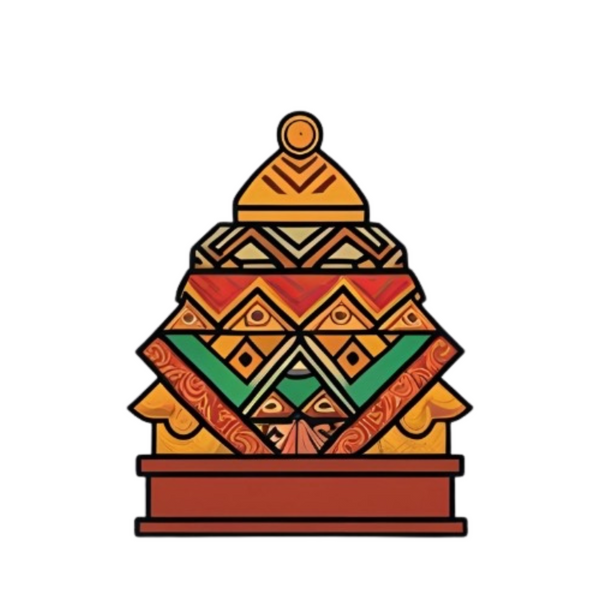
What Exactly Is ‘Secret’ About Vajrayana? – Unveiling the Esoteric Nature of Tibetan Buddhism
Share
When people hear the word Vajrayana, often translated as “Tantric Buddhism” or the “Esoteric Path,” it tends to spark a mix of curiosity, fascination, and sometimes misunderstanding. To the uninitiated, it sounds like a hidden realm of secret teachings, exotic rituals, and guarded masters. But is Vajrayana truly so mysterious — and what is it that makes it "secret"?
Secrecy Not for Exclusion, But for Protection
The word “esoteric” doesn’t mean “exclusive” or “elitist.” In Tibetan Buddhism, secrecy serves a protective function — both for the practitioner and for the teachings themselves. Vajrayana teachings are often said to be “hidden in plain sight” — available, but only meaningful when the student is properly prepared.
A master may withhold a teaching not to create distance, but because receiving advanced practices without proper foundation could lead to confusion or even harm. In this sense, the “secrecy” is an act of compassion.
Transmission Through Direct Lineage
Unlike general Mahayana teachings that can be studied through open texts, Vajrayana requires direct transmission from a qualified teacher. This is known as “oral transmission” (lung), initiation (wang), and pith instruction (tri). Without these, even the most beautiful tantras are like locked treasure chests — you may see the form, but you don’t have the key.
This lineage-based transmission ensures the purity and continuity of the teachings, linking every student to an unbroken chain of masters going back to the original source.
The Practice of the Three Secrets
One of the most distinctive aspects of Vajrayana is the practice of the “Three Secrets” — body, speech, and mind. The practitioner visualizes themselves as a deity (body), recites mantras (speech), and meditates on emptiness or compassion (mind). These are not symbolic alone — they are seen as literal methods for transforming ordinary perception into enlightened awareness.
Because these practices work at the level of subtle energy and deep psychology, they require stability, guidance, and commitment. That's another reason why they are kept within a sacred container.
Symbols, Rituals, and Sacred Language
The visual richness of Vajrayana — with its colorful mandalas, intricate hand mudras, and powerful ritual instruments like the vajra and bell — is not just for display. These are tools for meditation, mirrors of inner reality, and expressions of enlightened qualities.
To an outsider, they may look theatrical or complex, but to the trained practitioner, each detail serves a purpose. Even the use of seemingly poetic or cryptic language is a way to bypass rigid intellectual habits and activate intuitive wisdom.
So… What’s Really ‘Secret’?
In truth, the “secret” of Vajrayana is not hidden in locked rooms or guarded temples — it is hidden in the nature of mind itself. The teachings point us toward a reality so simple, so direct, that it often escapes our grasp. The rituals and visualizations are not the goal; they are the skillful means to awaken what has always been within us.
The real mystery is not in the technique, but in the transformation it enables.
